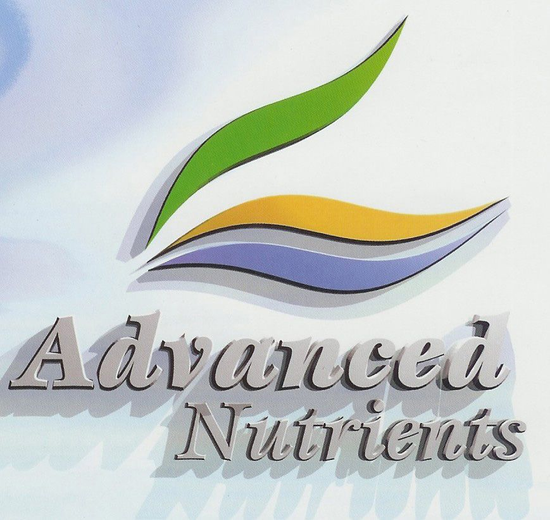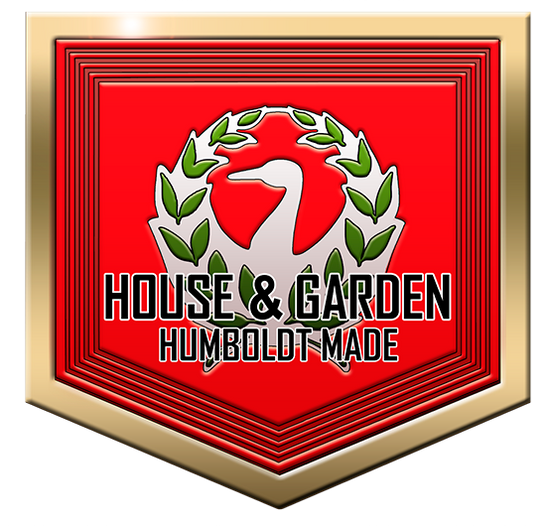Part I
Hello everyone. Welcome to DIG’s first ever blog post. My name is Robert and I do many things here at DIG. My primary responsibility is your website experience when you visit our website. If you have any feedback or suggestions, please share your experience with me. Your feedback will be appreciated! robert@dig.supply
I’m new to the world of gardening, so I thought some insight into my experience as a first year gardener might help others on their journey to becoming proficient gardeners. Overall, my first year as a gardener was pretty successful. I had a decent yield of tomatoes, an artichoke plant that produced one large flower, as well as three smaller flowers.
Learned: ( Flowers are usually what we eat or smoke ) Not always, but often. In the case of the tomato plant, the flower gives way to the vegetable. Where there are flowers, there will be something to eat, or smoke in the case of the cannabis plant.
Of course, our customer base is primarily growing cannabis, so this is what I am going to focus on here. I began with one cannabis clone and named her Princess since I was only focused on her.
Although, my first instinct was to purchase some cannabis seeds. I thought this would be easy enough. Back in the day you could find them in most bags of weed. Or the local dealer would hand you a handful of them. Not today. Dispensaries are where we get seeds, as novice growers anyways. There is a better way, but it takes time and it is for more advanced growers. Oh males, you're still good for something!
So a little Googling and off to the local dispensary. Wait what? $120 for ten seeds. Um. I’m not dropping a buck twenty on seeds I know little about or how successful I will be with them. I live in Oregon, and from what I’ve heard, that’s about a 5th the cost you will pay for ten seeds in other states.
Ok, so it’s a little late in the season to start seeds anyway, because I plan to grow outdoors. Which is another subject you have to think about. Indoors, soil, hydro, what lights, what’s your budget, ph meters for soil or nutrient solutions, measuring devices and on and on... Just depends on your plan, which is different for everyone, by the way. Just because your buddy grew something in their small patch of yard, means little to what your experience or plan will be.
Oh jeez, this just got complicated! Yikes!
Well, the way I work is to find a way to simplify. With too many variables, the odds I can pull off a successful grow my first time around diminish greatly. At this point, I was feeling very leery about taking on the revered cannabis plant. So what to do?
The first decision any grower needs to make, soil or hydro. The base and arguable most important part of any plant is the roots. Without them, the plant just falls over and starves. So should I use soil or a hydroponics system? With a little more Googling, it was clear soil is the easier and less expensive choice and is recommended for most new growers. So soil, ok. Easy right? Hahaha. Kinda, but not really.
Opinion or Fact: A complete soil supplies most of what a plant needs for its entire cycle of living. There are many different soil configurations. Some require more maintenance than others. A complete soil tries to supply your plants with what they will need for their entire life cycle. The topic of soil has many caveats, and is arguably one of the deepest subjects in horticulture. Some terms I have come across to describe such soil are: super soil, living soil, field soil, rich soil. I’m sure there are more, but this is just the beginning of explaining this idea in regards to soil.
Like anything with horticulture, it’s nice when someone else does the work for you. If you choose to grow in the earth, you will need to give your plant or plants the foundation they need to grow and thrive. There are a few complete soils on the market. Here at DIG, our most popular complete soils are made by Fox Farms. Keep in mind, if you want to maximize the yield of any plant, everything will need supplementation of nutrients of some sort.
So what soil did I choose? Read next week's blog post to find out.




